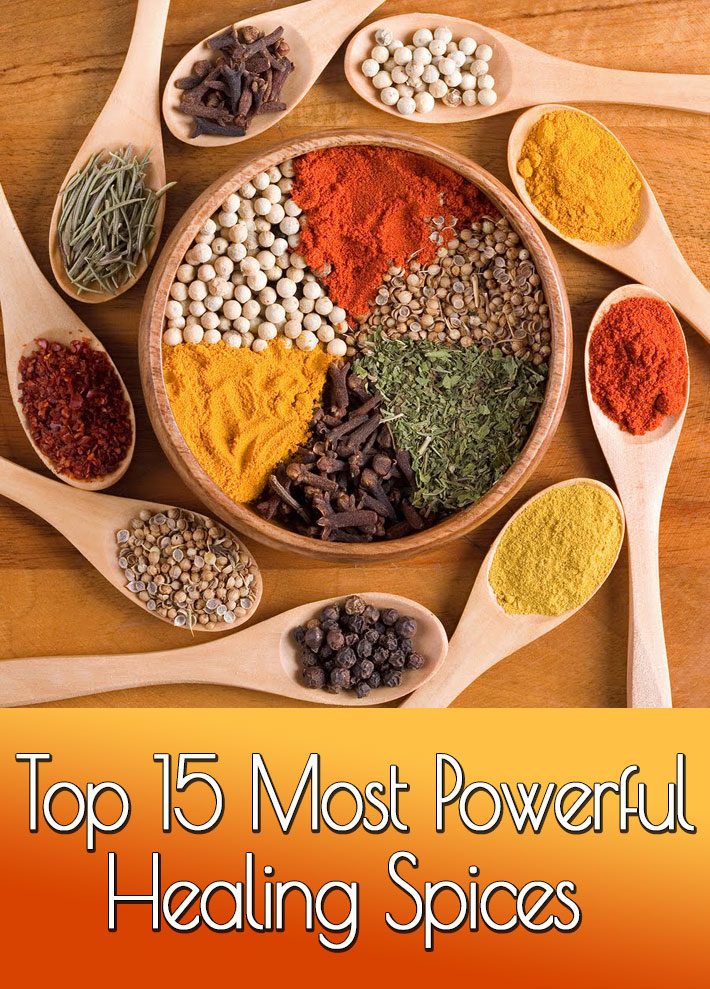
Ever wonder why we humans started to use spices in our food? Sure they make things tasty, but is that all that’s too it? Well according to Traditional Tibetan Medicine every spice we use has its own healing properties. When used in the right amounts at the right time, spices can help make our food our medicine. Too much though, just like anything, can also lead to undesired results for both taste and for our bodies. The art of balancing our diet including adding healing spices to foods according to our personal needs is the beautiful art of Traditional Tibetan Medicine and cooking tasty food.
Here is a list of 15 healing spices that you can easily find in your house.
Cardamom
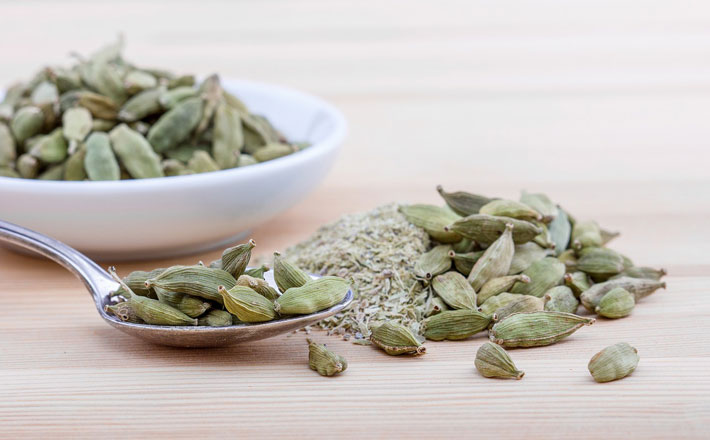
Cardamom is like nectar for cold natured problems in the lower part of the body, in particular, the kidneys. It has been used as a digestive since ancient times. If you have low energy, weak digestion, frequent urination or low sexual desire cardamom is a great herb to spice things up. A little in food makes dishes delicious and easy to digest. Now it makes sense why Moroccans put it in their coffee…to lighten the impact on the kidneys!
Tip: Cardamom is an expensive spice, second only to saffron. It is often adulterated and there are many inferior substitutes from cardamom-related plants, such as Siam cardamom, Nepal cardamom, winged Java cardamom, and bastard cardamom. However, it is only Elettaria cardamomum which is the true cardamom.
Cayenne
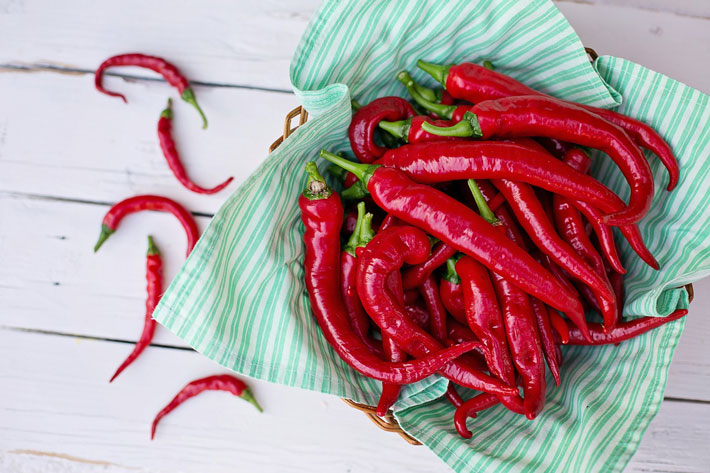
Capsaicin, the oily compound in cayenne and its peppery cousins, is the active ingredient in many prescription and over-the-counter creams, ointments, and patches for arthritis and muscle pain; it’s also used for treating shingles pain and diabetes-related nerve pain. Cayenne is thought to act as an anti-inflammatory and antioxidant. Sprinkle some onto your chicken soup to turbocharge that traditional cold remedy, since cayenne shrinks blood vessels in your nose and throat, relieving congestion. It’s also a metabolism booster, speeding up your calorie-burning furnace for a couple of hours after eating.
Studies find that it also has some anticancer properties, and researchers are exploring its potential as a cancer treatment. Finally, in at least one study, published in the American Journal of Clinical Nutrition, researchers found that people with diabetes who ate a meal containing liberal amounts of chile pepper required less post-meal insulin to reduce their blood sugar, suggesting the spice may have anti-diabetes benefits.
Cinnamon
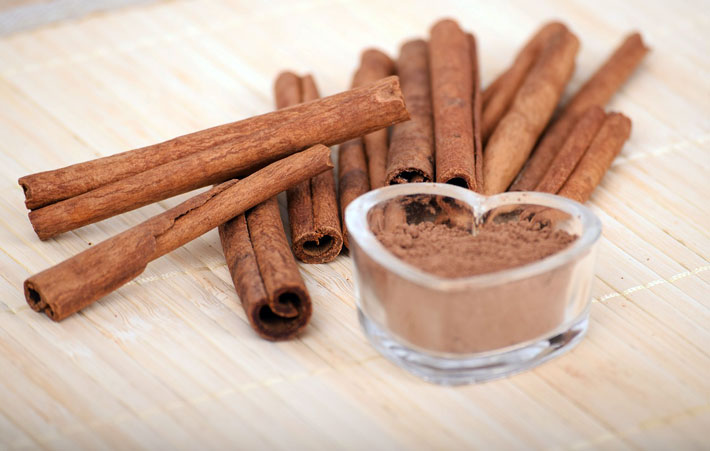
Cinnamon is actually one of the most powerful healing spices, and has become most famous for its ability to improve blood sugar control in people with diabetes. As little as 1/4 to 1/2 teaspoon a day could cut triglycerides and total cholesterol levels by 12 to 30 percent. Cinnamon can even help prevent blood clots, making it especially heart smart. Like many other spices, cinnamon has antibacterial and anti-inflammatory properties. It’s been shown to conquer E. coli, among other types of bacteria. Researchers have even discovered recently that it’s rich in antioxidants called polyphenols—another reason it’s good for your heart. It’s also high in fiber (after all, it comes from the bark of a tree) and can reduce heartburn in some people.
Cloves
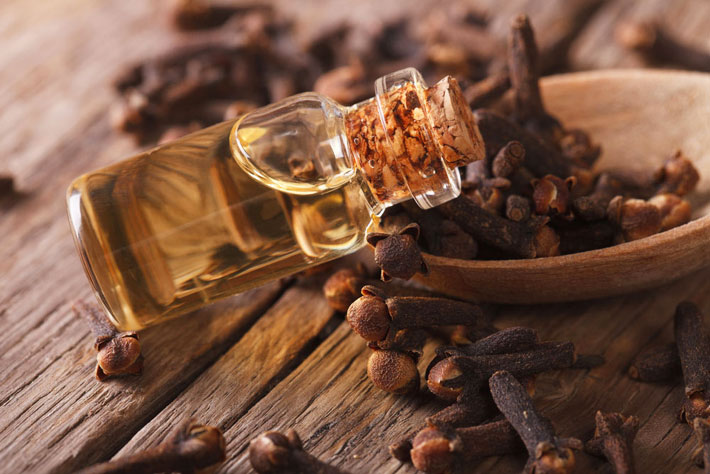
Cloves contain an anti-inflammatory chemical called eugenol. In recent studies, this chemical inhibited COX-2, a protein that spurs inflammation (the same protein that so-called COX-2 inhibitor drugs such as Celebrex quash). Cloves also ranked very high in antioxidant properties in one study. The combination of anti-inflammatory and antioxidant properties spells heaps of health benefits, from boosting protection from heart disease to helping stave off cancer, as well as slowing the cartilage and bone damage caused by arthritis. Compounds in cloves, like those found in cinnamon, also appear to improve insulin function.
Tip: Have a toothache? Put a couple of whole cloves in your mouth. Let them soften a bit, then bite on them gently with good molars to release their oil. Then move them next to the painful tooth and keep them there for up to half an hour. Clove oil has a numbing effect in addition to bacteria-fighting powers. In test tubes, cloves also killed certain bacteria that were resistant to antibiotics.
Coriander
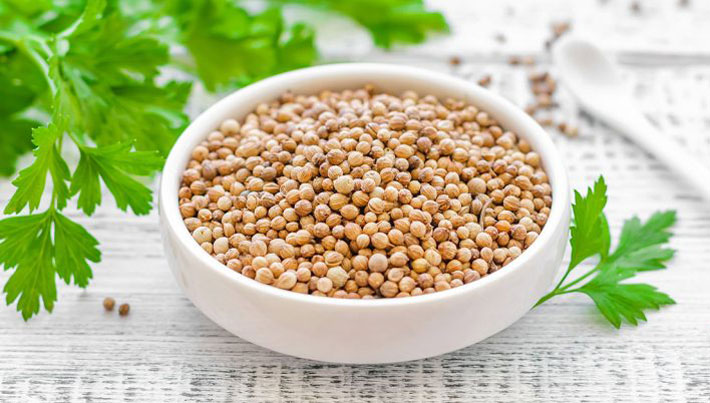
Coriander seeds yield cilantro, also known as Chinese parsley, a staple herb in Mexican, Thai, Vietnamese, and Indian cooking. The seeds have been used for thousands of years as a digestive aid. Try making a strong tea from crushed seeds (strain before drinking). The herb can be helpful for some people with irritable bowel syndrome, as it calms intestinal spasms that can lead to diarrhea. Preliminary studies in animals support another traditional use for coriander—as an antianxiety herb. Its essential oil appears to fight bacteria, including E. coli and salmonella. It’s also being studied for its potential cholesterol-reducing benefits and has been shown to lower cholesterol in animals. Like many other healing herbs, this one acts as an antioxidant. According to one study, cilantro leaves provide the most antioxidant punch.
Cumin
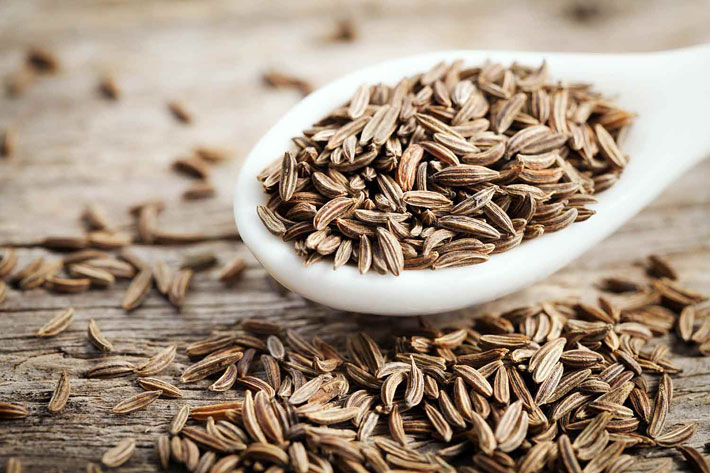
Of all other healing spices, cumin has a unique function in that it is known to reduce heat in the lungs while at the same time increasing the metabolism and ability to digest food. This makes it a great choice for people who do strong cardiovascular exercise who want to use spice up their food to increase their metabolism. Likewise, if you have tight lungs, congestion and indigestion you can make a tea with cumin before breakfast. Add some honey to taste. It will make it palatable and increase the lung purifying effect.
Fenugreek
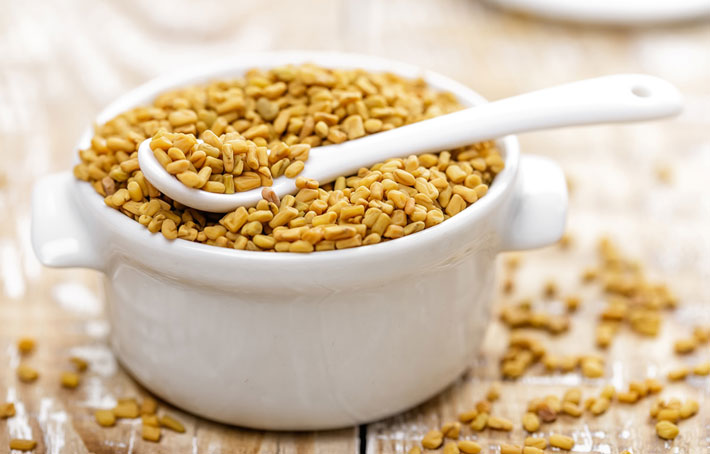
Many human studies have shown that at least 1 gram of fenugreek extract per day can lower blood sugar levels, particularly in diabetics. Also, fenugreek is a fantastic way to remove toxins and impurities from the digestive tract. It has the power to clean away the excess fluid in the body and, therefore, can aid in weight-loss. Be careful though if your metabolism is already pumping strong, because it increases the heat. Acting as an expectorant, Fenugreek alleviates coughing, stimulates perspiration to reduce fevers, and is beneficial for treating allergies, bronchitis and congestion.
Fennel
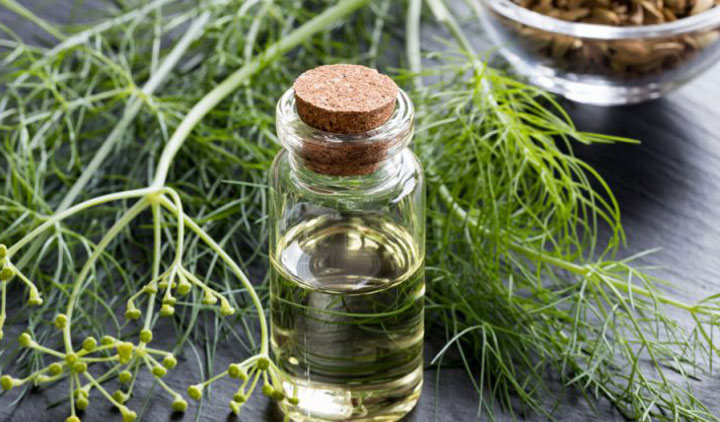
Ever wonder what that after dinner digestive at most Indian restaurants has in it? Fennel is one of the best healing spices for relieving digestive discomfort. In addition to increasing the metabolism and digestibility of food, fennel can work wonders for a bloated belly. It’s also great for digestive problems due to pesky microorganisms. Also, ancient Chinese medicine found beneficial uses for fennel, from congestion to conjunctivitis, to stimulate the appetite and increase the flow of breast milk. Essential oil of fennel provides upset stomach relief, and tea made from ground fennel seeds is believed to be good for snake bites, insect bites, food poisoning, and soothing a sore throat.
Garlic
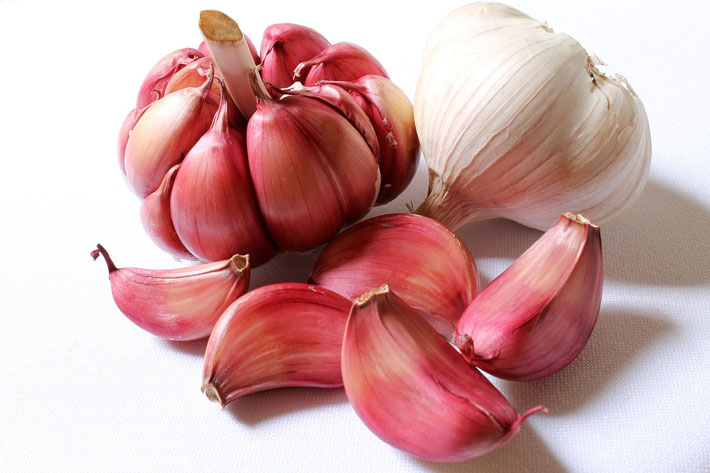
Smash a clove of garlic; the odor comes from byproducts of allicin, the sulfur compound believed to be responsible for most of the herb’s medicinal benefits and what gives garlic its bite. When eaten daily, garlic can help lower heart disease risk by as much as 76 percent: it moderately reduces cholesterol levels (between 5 and 10 percent in some studies), thins the blood and thereby staves off dangerous clots, and acts as an antioxidant. Garlic’s sulfur compounds also appear to ward off cancer, especially stomach and colorectal cancer.
The compounds flush out carcinogens before they can damage cell DNA, and they force cancer cells that do develop to self-destruct. Strongly antibacterial and antifungal, garlic can help with yeast infections, some sinus infections, and the common cold. It can even repel ticks.
Ginger
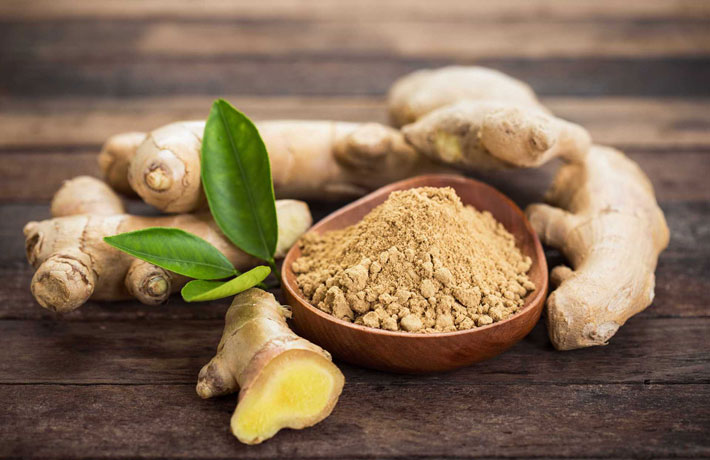
This root has played a major part in Asian and Indian medicine for centuries, primarily as a digestive aid. Today researchers are most excited by ginger’s ability to combat inflammation. Several studies have found that ginger (and turmeric) reduces pain and swelling in people with arthritis. It may work against migraines by blocking inflammatory substances called prostaglandins. And because it reduces inflammation, it may also play a role in preventing and slowing the growth of cancer. Ginger’s still good for the tummy, too. It works in the digestive tract, boosting digestive juices and neutralizing acids as well as reducing intestinal contractions.
It’s proven quite effective against nausea. In fact, at least one study found ginger to work just as well as Dramamine (dimenhydrinate) and other nausea-stopping drugs, with the added benefit that it doesn’t make you sleepy. The trick is to take it before you think you may become nauseated. It’s also an effective, short-term treatment for morning sickness.
Mustard
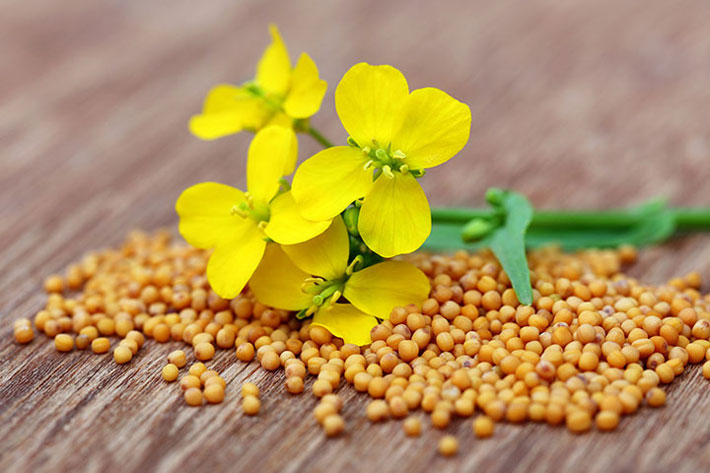
Mustard is made from the seeds of a plant in the cabbage family, a strongly anticancer group of plants. It contains compounds that studies suggest may inhibit the growth of cancer cells. Mustard also packs enough heat to break up congestion, the reason it was traditionally used in chest plasters. Like cayenne pepper, it has the ability to deplete nerve cells of substance P, a chemical that transmits pain signals to the brain, when used externally. A mustard compress also brings more blood to the fingers of people with Raynaud’s phenomenon, a circulatory problem that causes frigid fingers.
Mustard is also said to stimulate appetite by increasing the flow of saliva and digestive juices. A bit of mustard powder added to a footbath helps kill athlete’s foot fungus. Don’t eat too many mustard seeds or more than a teaspoon of mustard powder; the former has a strong laxative effect, while the latter can induce vomiting.
Nutmeg
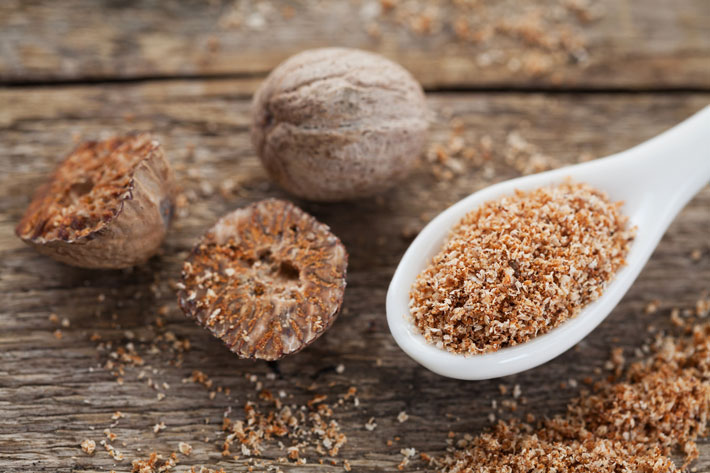
Like cloves, nutmeg contains eugenol, a compound that may benefit the heart. Some historians link its popularity in the spice trade to the hallucinatory effects that result from ingesting large amounts. The euphoria, which is due to nutmeg’s active ingredient, myristicin, is described as similar to that caused by the drug ecstasy. But it also packs some nasty side effects, and nutmeg poisoning is a very real risk.
Medically, nutmeg (the seed of an evergreen tree) and mace (the covering of the seed) have strong antibacterial properties. It’s been found to kill a number of bacteria in the mouth that contribute to cavities. Myristicin has also been shown to inhibit an enzyme in the brain that contributes to Alzheimer’s disease and to improve memory in mice, and researchers are currently studying its potential as an antidepressant.
Saffron
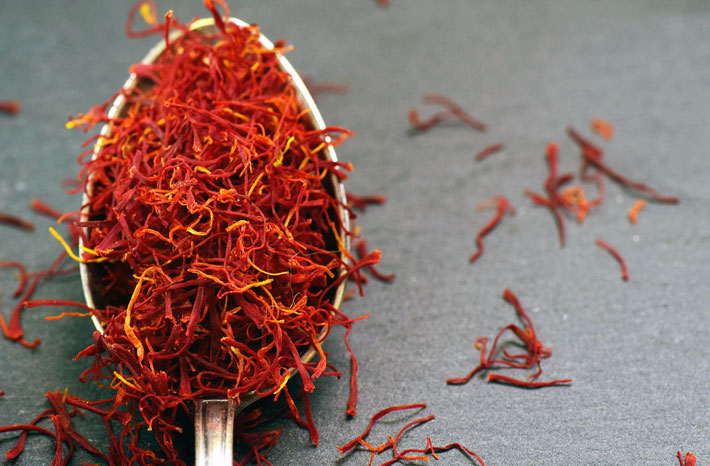
Saffron is a cold natured herb that helps clean the blood and liver. Although it is cold nature it is relatively gentle on the system so is a great herb to gently reduce inflammation in the body and detoxify the blood and liver without disturbing the digestive system. Saffron can treat gastric disorders, lower depression, improve symptoms of premenstrual syndrome, reduce insulin resistance, and protect the heart.
Tip: Boil water and pour it over 5 strands of saffron, let it cool down and drink it at about noon for at least a week for a nice gentle liver cleanse. This is especially useful in the Autumn time when the liver heat is most active. Be sure to take a break from alcohol when doing a saffron cleanse.
Why saffron is so expensive, you may ask? Because the cultivation and harvest is still performed as it was since ancient times: by hand. Elderly village women are usually set on this task of removing the saffron “threads.” It takes 4,500 crocus flowers to make up one ounce of saffron spice.
Sage
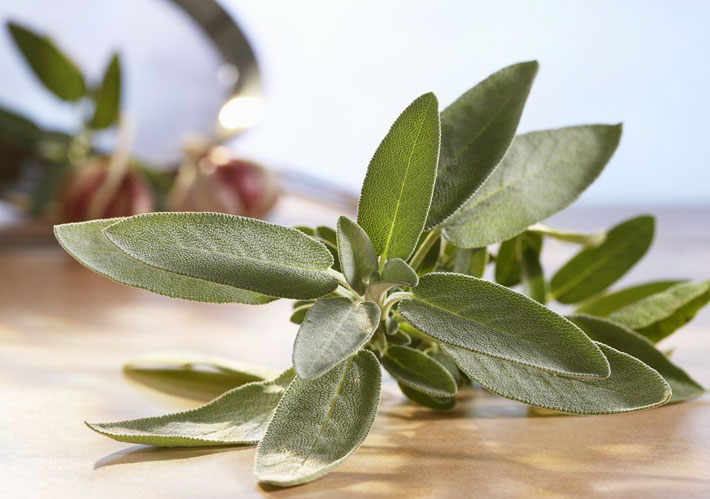
Perhaps it’s no coincidence that ‘sage’ describes a wise person; the herb is a known memory enhancer and has been shown in some lab studies to protect the brain against certain processes that lead to Alzheimer’s disease. In at least one human study, a sage-oil concoction improved the mood of participants, increasing their alertness, calmness, and contentedness. In a British study, healthy young adults performed better on word recall tests after taking sage-oil capsules. Like so many other healing herbs and spices, sage has anti-inflammatory and antioxidant properties as well as anticancer actions. One of its phytochemicals is thujone, best known as a chemical in the liquor absinthe that is said (falsely) to have hallucinatory effects.
Today sage shows potential as a diabetes treatment. It appears to boost the action of insulin and reduce blood sugar. As a result, sage is sometimes called nature’s metformin since it performs like the common antidiabetes drug. Some researchers have already suggested that sage supplements may help prevent type 2 diabetes.
Turmeric
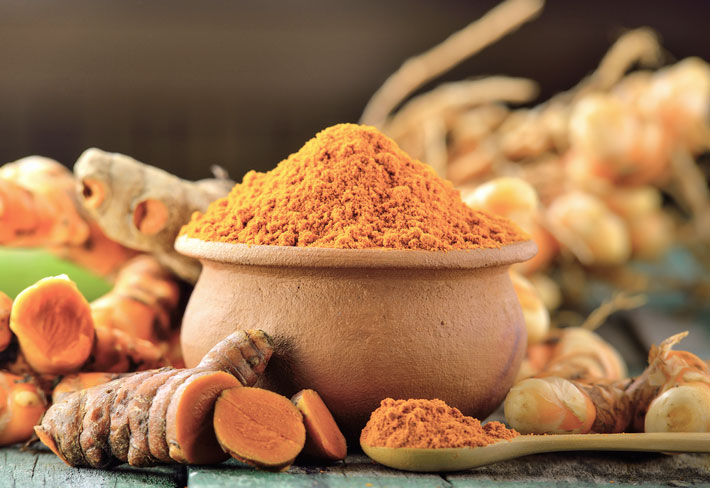
Turmeric, the spice that gives curry powder its yellow hue, is used in Indian medicine to stimulate the appetite and as a digestive aid. But lately it’s getting attention as a potentially powerful cancer fighter. The chemical responsible for turmeric’s golden color, called curcumin, is considered a top anticancer agent, helping to quell the inflammation that contributes to tumor growth and working in much the same way as broccoli and cauliflower to clear carcinogens away before they can damage cellular DNA and to repair already damaged DNA.
Lab studies show turmeric helps stop the growth and spread of cancer cells that do form. Research suggests that it may protect against colon cancer as well as melanoma, the deadliest form of skin cancer. Researchers at Rutgers University in New Jersey are investigating a combination of curcumin and phenethyl isothiocyanate (the anticancer compound in cruciferous vegetables) as a possible treatment for prostate cancer. Studies have also linked turmeric to reduced inflammation in a number of conditions, including psoriasis. In animal studies, curcumin decreased the formation of amyloid, the stuff that makes up the brain deposits characteristic in people with Alzheimer’s disease.
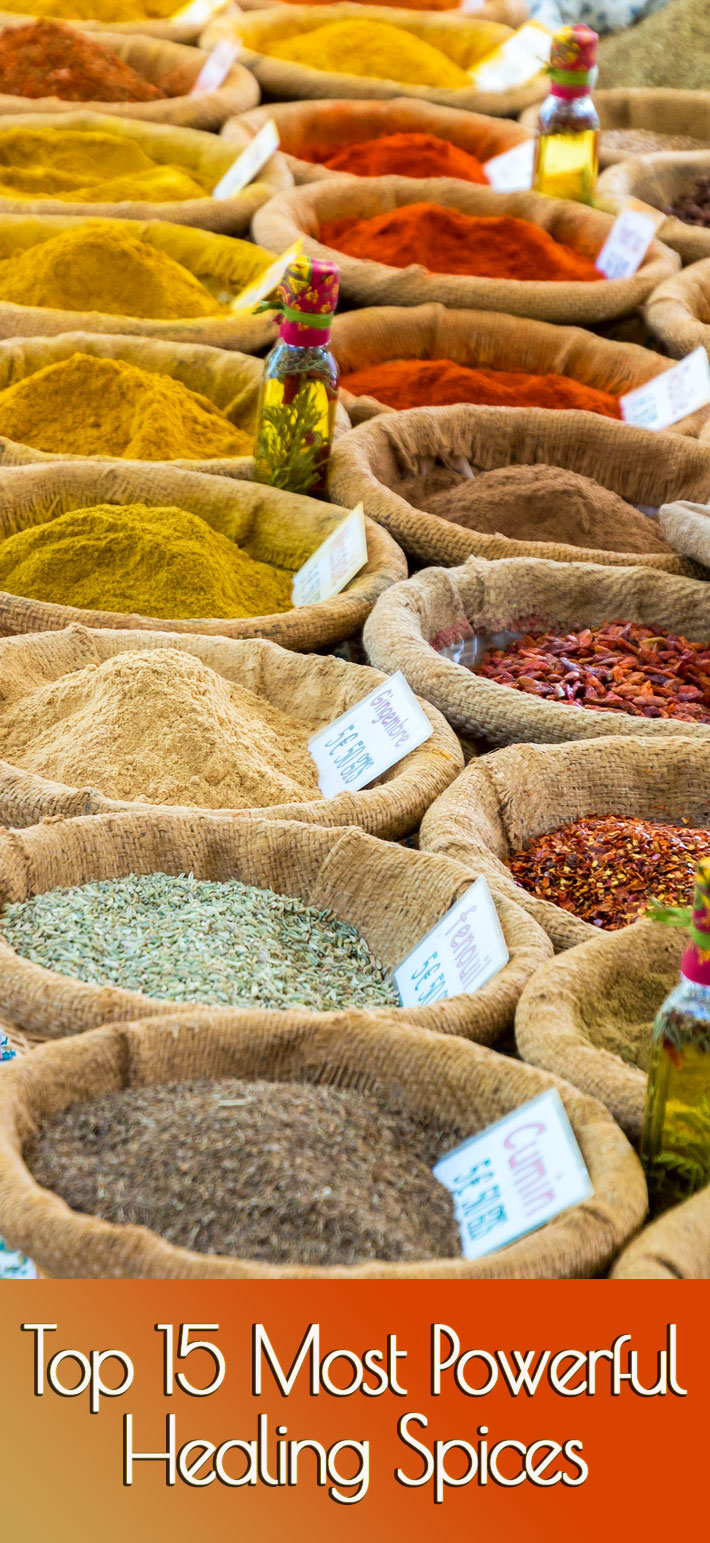


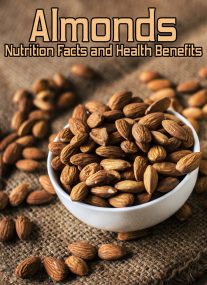
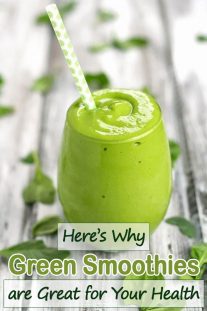
Leave a Reply